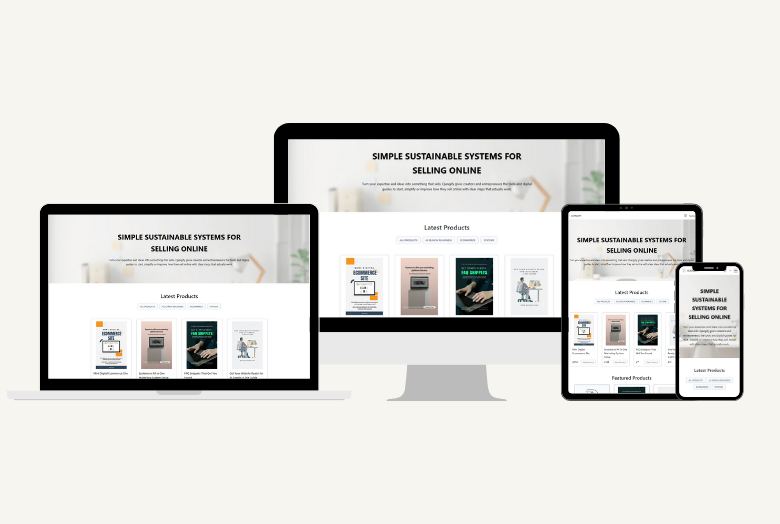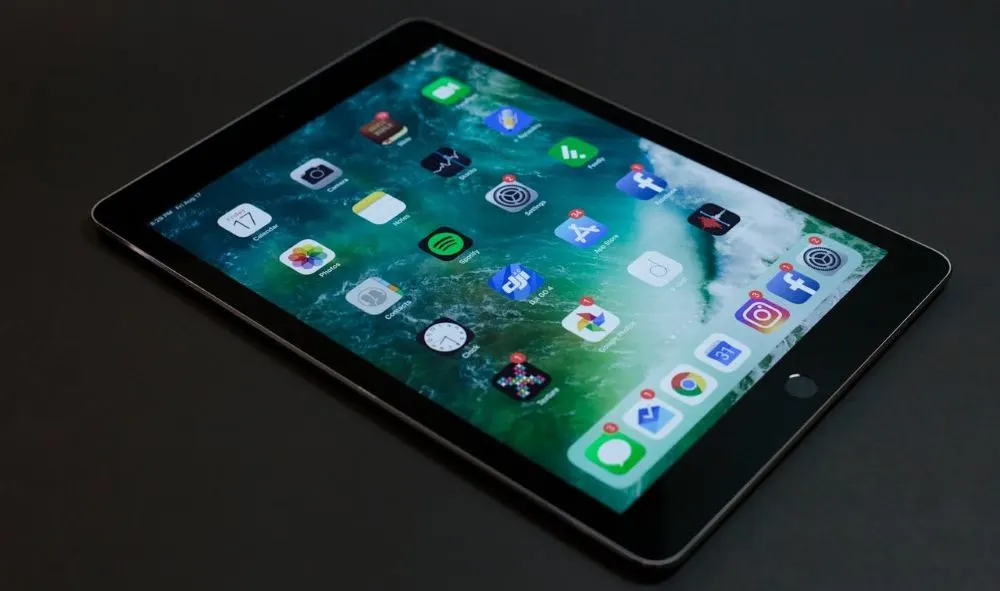The easiest way to build a lifestyle business is to sell what fits the way you actually live. Not what looks good on social media or what everyone else is doing. The right product is one you can maintain without stress, that feels natural to create, and that brings in steady, realistic income.
This guide helps you decide what to sell by asking the right questions and keeping the process simple.
1. Start With What You Already Know
Before chasing new ideas, look at what is already around you.
Ask yourself:
- What do people already ask me for help with?
- What do I make, design, write, or do naturally?
- Could part of that be packaged into a product someone else would value?
Maybe you design lesson plans, write checklists, or take beautiful photographs.
Each of those can become a digital download, template, or workbook.
When you use what you know, you cut the hardest part of business - learning something new just to sell it.
Tip: The simplest lifestyle products come from things you already do weekly. Teaching others how to do it is easier than inventing something from scratch.
2. Keep Your Product Small and Focused
A lifestyle business is not about scaling fast but about keeping things sustainable. Instead of building ten offers at once, start with one clear product that solves one small problem.
Examples:
- A printable weekly planner for freelancers.
- A short “how to go from sedentary to moving” exercise guide.
- A five-page recipe ebook for low-carb lunches.
Small products sell faster because people do not have to think for long. The easier it is to understand, the easier it is to buy.
3. Match the Product to Your Time and Energy
Ask yourself three questions before deciding:
- How much time do I honestly have each week to create or manage this?
- How much ongoing support does it need (shipping, updates, customer replies)?
- Can it run while I am offline?
Digital products like PDFs, templates, guides, mini-courses — fit lifestyle businesses perfectly because they can sell automatically once uploaded.
If you cannot imagine maintaining your eCommerce site during a busy month, it is too complex.
4. Check That It Solves a Real Problem
Even a small store needs a reason for people to buy. Your product should do at least one of these:
- Save time
- Teach a skill
- Provide inspiration
- Help someone stay organised
- Make life easier or more enjoyable
Look for evidence online - what are people searching for, pinning, or downloading? Use search suggestions, Etsy categories, or Reddit threads to see what people already want. This research takes 15 minutes but saves months of guessing.
5. Use the questions below
To make this even easier, use these questions. Answering its prompts will begin the process of clarifying your niche, audience, and pricing.
Business Basics
-
What would you like your store or brand name to be?
-
How would you describe what you sell in one clear sentence?
-
Do you already have a logo or colours that represent you?
Audience & Fit
-
Who do you imagine buying from you?
-
Why would they want your product — what does it help them do or feel?
-
What budget might your typical customer have?
-
Where do they already spend time online (Pinterest, Instagram, LinkedIn, etc.)?
Product & Offer
-
What type of product feels easiest to manage — a PDF, printable, or small digital resource?
-
How many products do you realistically want to start with?
-
Which one solves the clearest problem right now?
Marketing & Visibility
-
What could you offer for free to build trust - perhaps a short checklist or sample page?
-
What is one sentence that explains the benefit of your product? (“By the end of this, you will …”)
-
What platforms or channels will you use to tell people your shop is open?
Practical Setup
-
Do you already have a Stripe account or payment method ready?
-
Have you written short, plain-English versions of your privacy or refund policies?
-
Are your product images or graphics stored somewhere easy to share?
6. Price for Clarity, Not Perfection
Most people overthink pricing. Start simple:
- If it is digital, begin between £4 – £15.
- If it is a physical item, cover your materials and add a small profit.
- For services, charge what feels fair for your time and test demand.
You can always adjust later. The aim is to launch, learn, and refine — not to wait until everything is “just right.”
Quick Questions to Check Before You Start
- Does this product fit into my weekly life without causing stress?
- Would I still enjoy running this store in six months?
- Can I explain what I sell in one short sentence?
If you can answer yes to all three, you have found a product that fits your lifestyle business.


